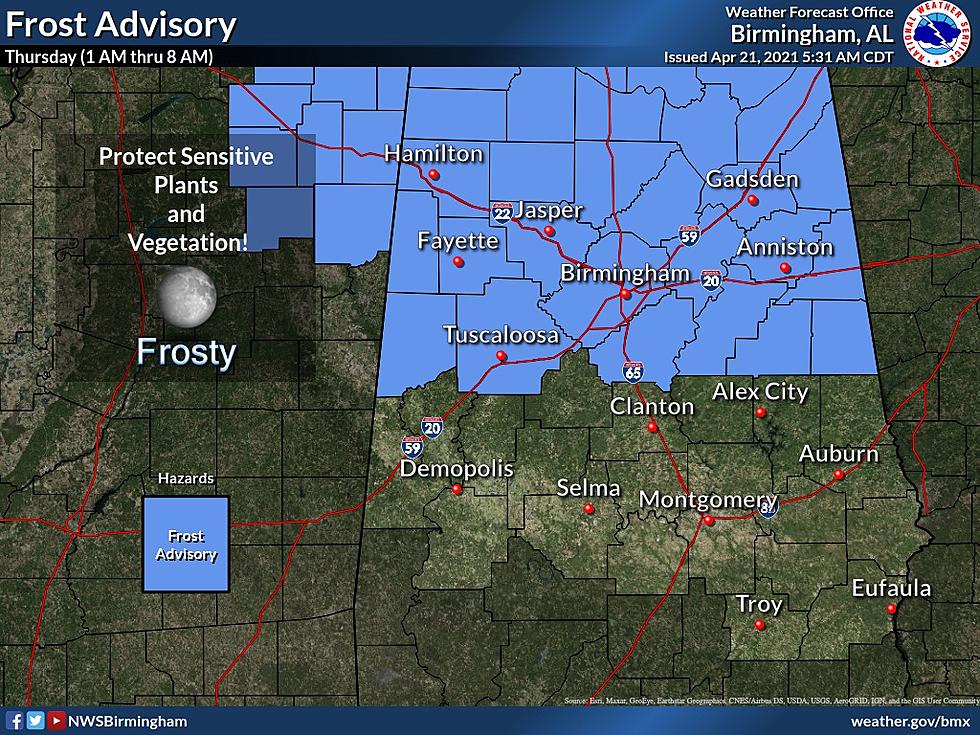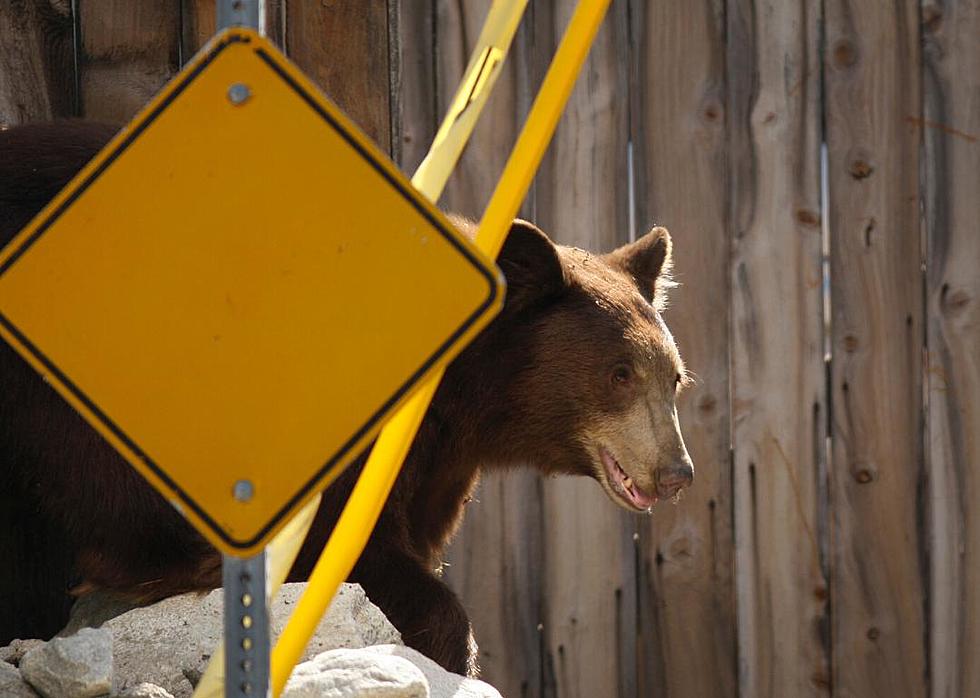
Will This Be the Last Cold Blast for Alabama? Frost Advisory Info
In Alabama, there are have been some nice Spring-like days. However, there have been some unseasonable temperatures too. This holds true for much of the United States as well. For Thursday, “The National Weather Service has issued frost and freeze watches and warnings for 87 million Americans from Texas to Virginia,” according to The Washington Post.
This leaves us asking, will this be the last cold blast for Alabama?
There is a FROST ADVISORY in effect for the Northern portions of Central Alabama from 1 am until 8 am on Thursday, April 22, 2021. The National Weather Service Birmingham notes that the “frost could kill sensitive outdoor vegetation if left uncovered.”

Here are the FROST ADVISORY covers the following counties. I included all the counties since we have many listeners in West and Central Alabama that travel throughout the state daily.
Blount
Calhoun
Cherokee
Clay
Cleburne
Etowah
Fayette
Jefferson
Lamar
Marion
Pickens
Randolph
Shelby
St. Clair
Talladega
Tuscaloosa
Walker
Winston
North and Central Alabama could experience temperatures in the range between 33 and 40 degrees. Then Thursday will shape up to become a sunny day. Some areas are reaching the mid-60s, while some of our coverage areas could reach the high 60s.
Here are the predicted lows for our listening areas for Wednesday night into Thursday morning from the National Weather Service.
Bibb County: 38 degrees
Fayette County: 35 degrees
Greene County: 37 degrees
Hale County: 39 degrees
Lamar County: 36 degrees
Perry County: 38 degrees
Pickens County: 37 degrees
Sumter County: 38 degrees
Tuscaloosa County: 37 degrees
Walker County: 35 degrees
(Source) Click here for more information from the Washington Post. Click here for more information from the National Weather Service.
KEEP READING: Get answers to 51 of the most frequently asked weather questions...
LOOK: The most expensive weather and climate disasters in recent decades
More From 95.3 The Bear









